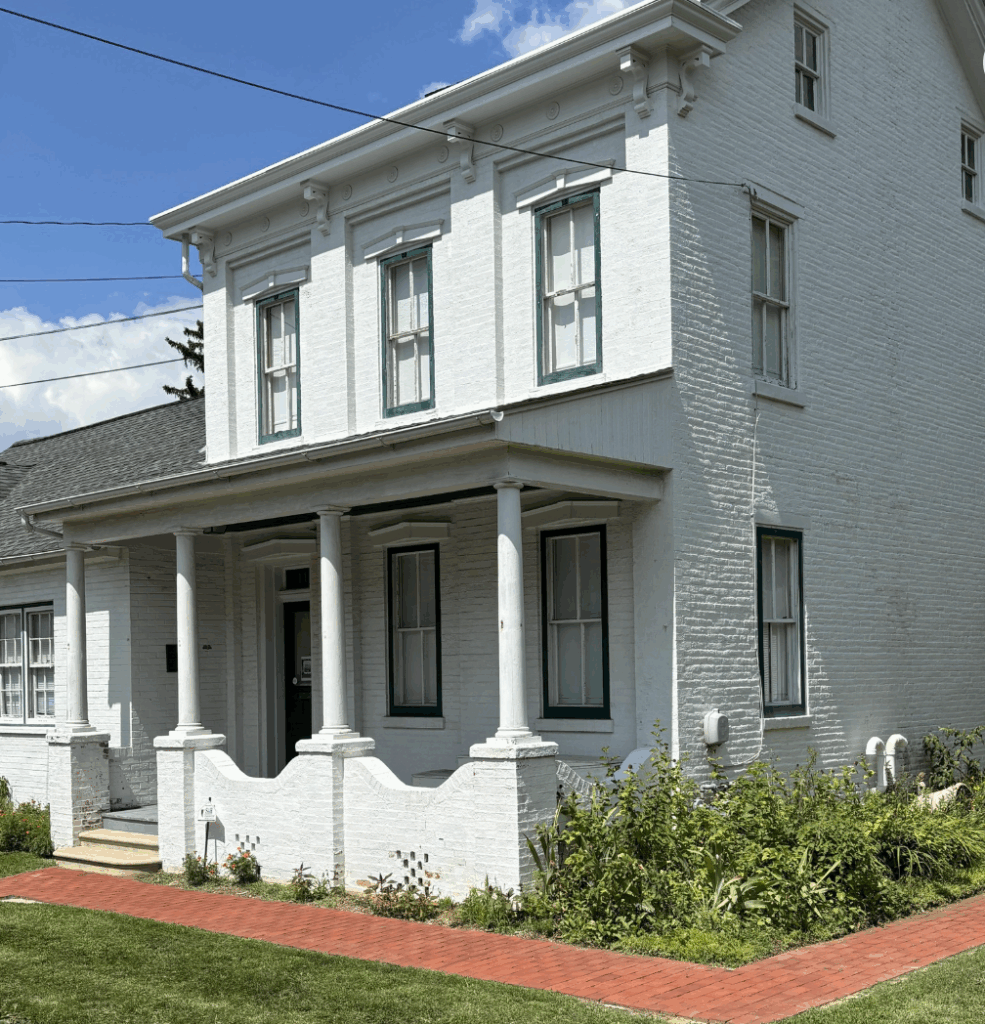James Schiff’s long-awaited Selected Letters of John Updike will be released on Oct. 21, 2025, with a reading-booksigning-publication party scheduled that evening at the Salmagundi Club in New York City, where Schiff is in town to convene with other members of The John Updike Society for a joint Roth-Updike Conference with the Philip Roth Society.
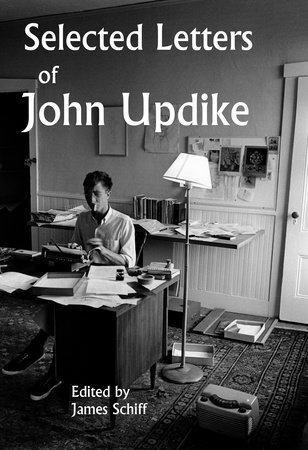 The volume of Updike’s selected letters, decades in the making and years in the gathering, runs a whopping 912 pages and is published by Alfred A. Knopf, Updike’s publisher.
The volume of Updike’s selected letters, decades in the making and years in the gathering, runs a whopping 912 pages and is published by Alfred A. Knopf, Updike’s publisher.
Early reviews have been positive . . . and insightful.
Kirkus Reviews
“Missives from the mountain. Updike . . . wrote to everyone, from famous writers and politicians to librarians and family members. ‘I can’t believe that you’re cutting ‘Spider-Man,’ he wrote in a letter to the editor of the Boston Globe in 1994; after the letter, the Globe reinstated the comic strip. . . . In 1960, he wrote to publisher Alfred A. Knopf that his novels sought to present an image of an averagely physical young American.’ He resisted censorship, feeling that to cave to it would be ‘to funk my job.’ At times, though, he can be dead-on in his judgments: ‘I feel in general that literary history is too much modelled on biology when it is really more like geology. There is not much evolution; there is a great deal of accidental thrusts and upheavals and whatnot and when it’s all over a map is drawn.”
Read the entire review
WSJ – The Wall Street Journal, reviewed by Thomas Mallon
“In ‘Selected Letters of John Updike,’ a new and predictably enormous collection of Updike’s correspondence, we see all his lovers, spouses, neighbors and children as persons, and we experience Updike himself with even more candor than he displayed in his first-person essays. . . . The letters illuminate the consistency of Updike’s fiction aesthetic. Remarkably, at 19, he wrote of the need for ‘an author who can see America as clearly as Sinclair Lewis, but, unlike Lewis, is willing to take it to his bosom.’ He would maintain, decade after decade, that style ‘is nothing less than the writer’s habits of mind—it is not a kind of paint applied afterwards, but the very germ of the thing.”
Read the entire review (subscription required)
The New York Times, reviewed by Dwight Garner
“Schiff estimates Updike typed some 25,000 letters and postcards over the course of his life. . . . Some 700 of them have been resurfaced by the indefatigable Schiff, who teaches at the University of Cincinnati and is the founding editor of The John Updike Review. Despite Updike’s distance-creating geniality, what an enormous and beneficent bounty these letters are for anyone who cares about this country’s literature during the last half century.”
Read the entire review (subscription required)
Continue reading →
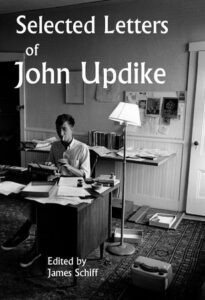 In his introduction to an interview he conducted with James Schiff, Joe Donahue wrote, “John Updike remains one of the most admired and prolific voices in American Literature. Over five decades he produced novels, short stories, poems, criticism, and essays that examine faith and art, desire, and the American experience in all its complexity. . . . Now in the new book ‘Selected Letters of John Updike’ editor James Schiff offers readers a window into that private world drawing from decades of correspondence. Schiff presents a portrait of Updike as both craftsman and confidante, generous, witty, and endlessly reflective about writing and life.”
In his introduction to an interview he conducted with James Schiff, Joe Donahue wrote, “John Updike remains one of the most admired and prolific voices in American Literature. Over five decades he produced novels, short stories, poems, criticism, and essays that examine faith and art, desire, and the American experience in all its complexity. . . . Now in the new book ‘Selected Letters of John Updike’ editor James Schiff offers readers a window into that private world drawing from decades of correspondence. Schiff presents a portrait of Updike as both craftsman and confidante, generous, witty, and endlessly reflective about writing and life.”
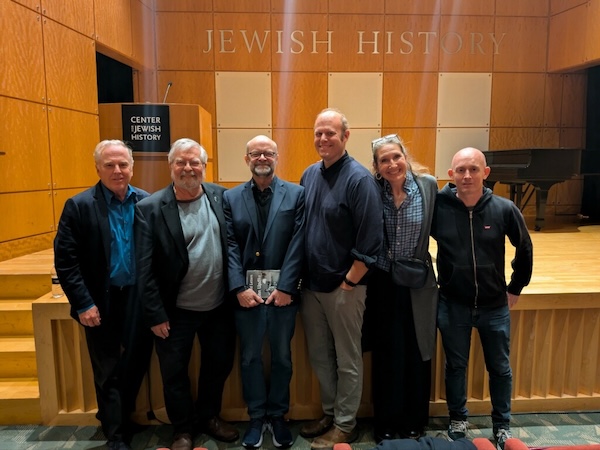

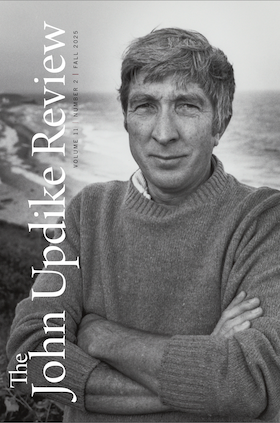


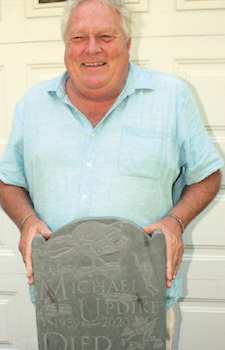
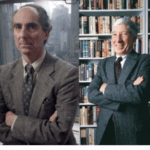
 Updike collectors take note: The extensive collection of Michael Broomfield (of Broomfield & De Bellis bibliography fame) is for sale, item-by-item, from
Updike collectors take note: The extensive collection of Michael Broomfield (of Broomfield & De Bellis bibliography fame) is for sale, item-by-item, from 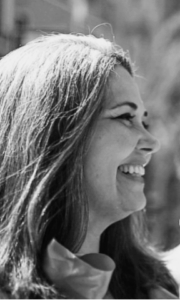 Maria Lester, director of The John Updike Childhood Home that is owned and operated by the 501c3 John Updike Society, received word recently that the museum at 117 Philadelphia Ave. in Shillington, Pa. was awarded a $25,000 Chairman’s Grant from the head of the National Endowment for the Humanities.
Maria Lester, director of The John Updike Childhood Home that is owned and operated by the 501c3 John Updike Society, received word recently that the museum at 117 Philadelphia Ave. in Shillington, Pa. was awarded a $25,000 Chairman’s Grant from the head of the National Endowment for the Humanities.